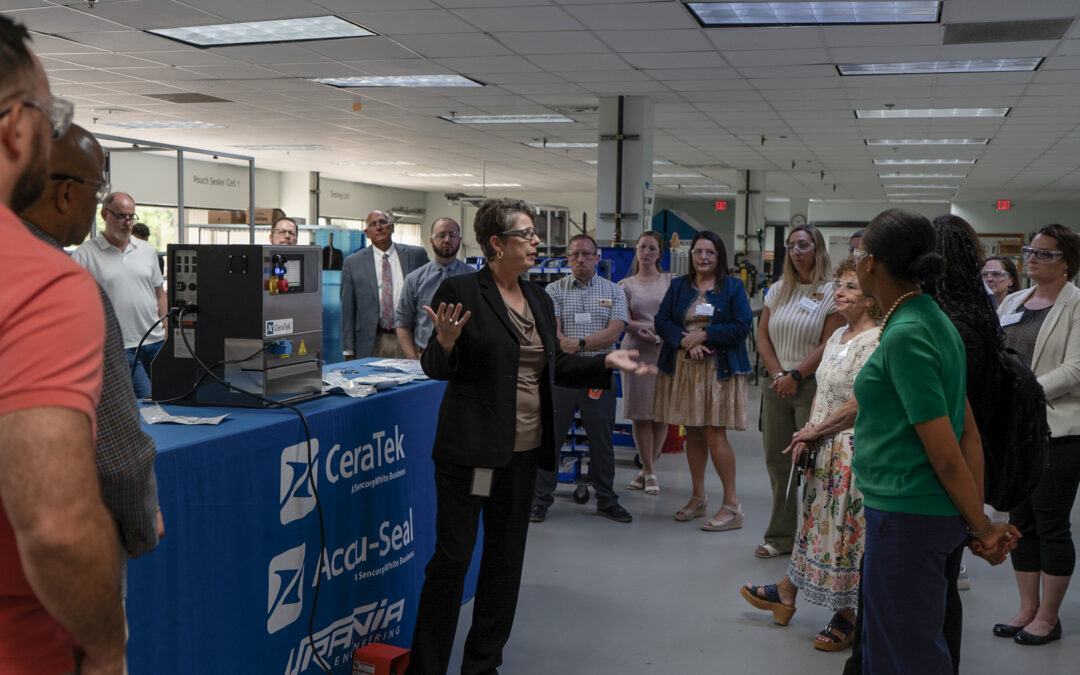
CeraTek Hosts MassHire250 Workforce Innovation Tour
On July 8th, CeraTek was proud to host the MassHire250 Workforce Innovation Tour at our headquarters in Hyannis, Massachusetts. The event, led by Massachusetts Secretary of Labor and Workforce Development Lauren Jones, brought together state and local leaders to spotlight workforce development, advanced manufacturing, and regional job creation.
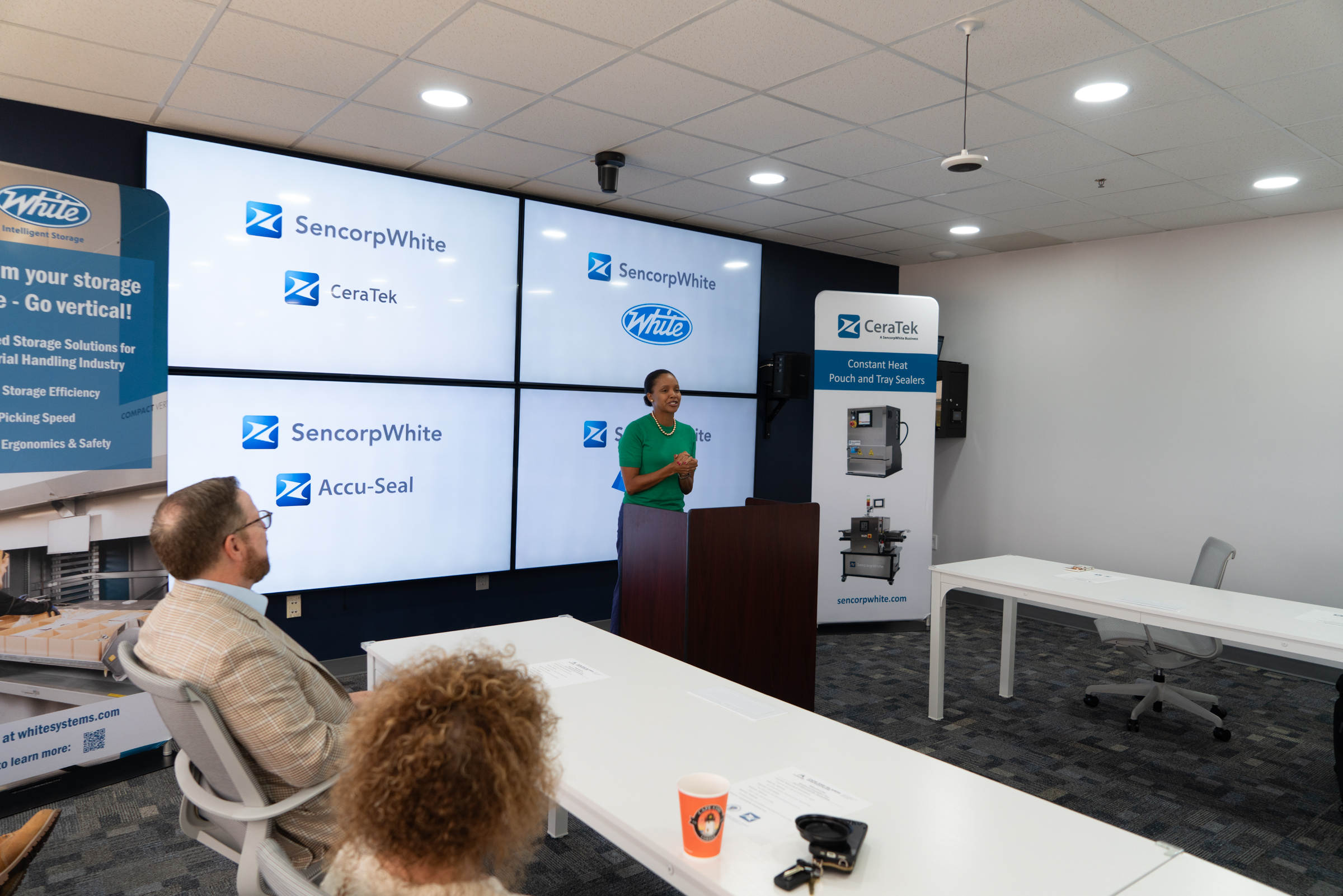
As part of the statewide MassHire250 initiative, the tour highlighted the importance of public-private collaboration in building a future-ready economy. Secretary Jones was joined by Kara O’Donnell-Galvin, Executive Director of the MassHire Cape & Islands Workforce Board, and Paul Niedzwiecki, CEO of the Cape Cod Chamber of Commerce, for opening remarks and a discussion on training pipelines, employer partnerships, and sustainable growth across the Cape.
Our CEO, Corey Calla, also participated in the program, offering insights on White Intelligent Storage ongoing commitment to growing skilled jobs and supporting innovation in manufacturing.
After the presentations, Lynne Barton guided attendees through a live demo in our sealer assembly area, where guests got a firsthand look at the engineering and precision behind the CeraTek medical pouch sealer. Following that, Corey Calla led a tour of the White Intelligent Storage production area, showcasing the capabilities of our Weland Vertical Lift Module (VLM) and how automation is transforming modern warehousing.
These demonstrations gave guests a closer look at the advanced systems we build — and the talented teams behind them
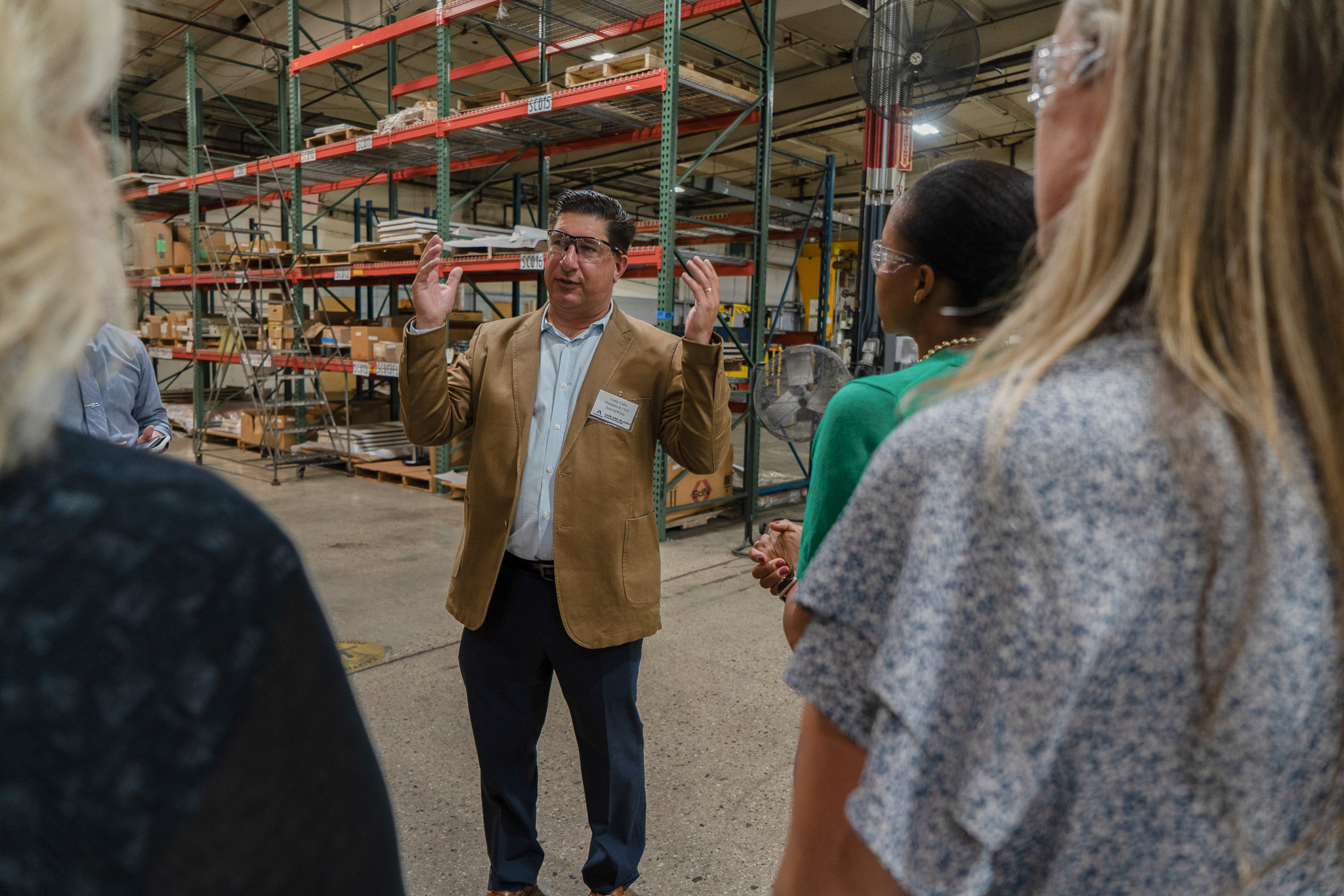
Supporting the Future of Manufacturing on Cape Cod
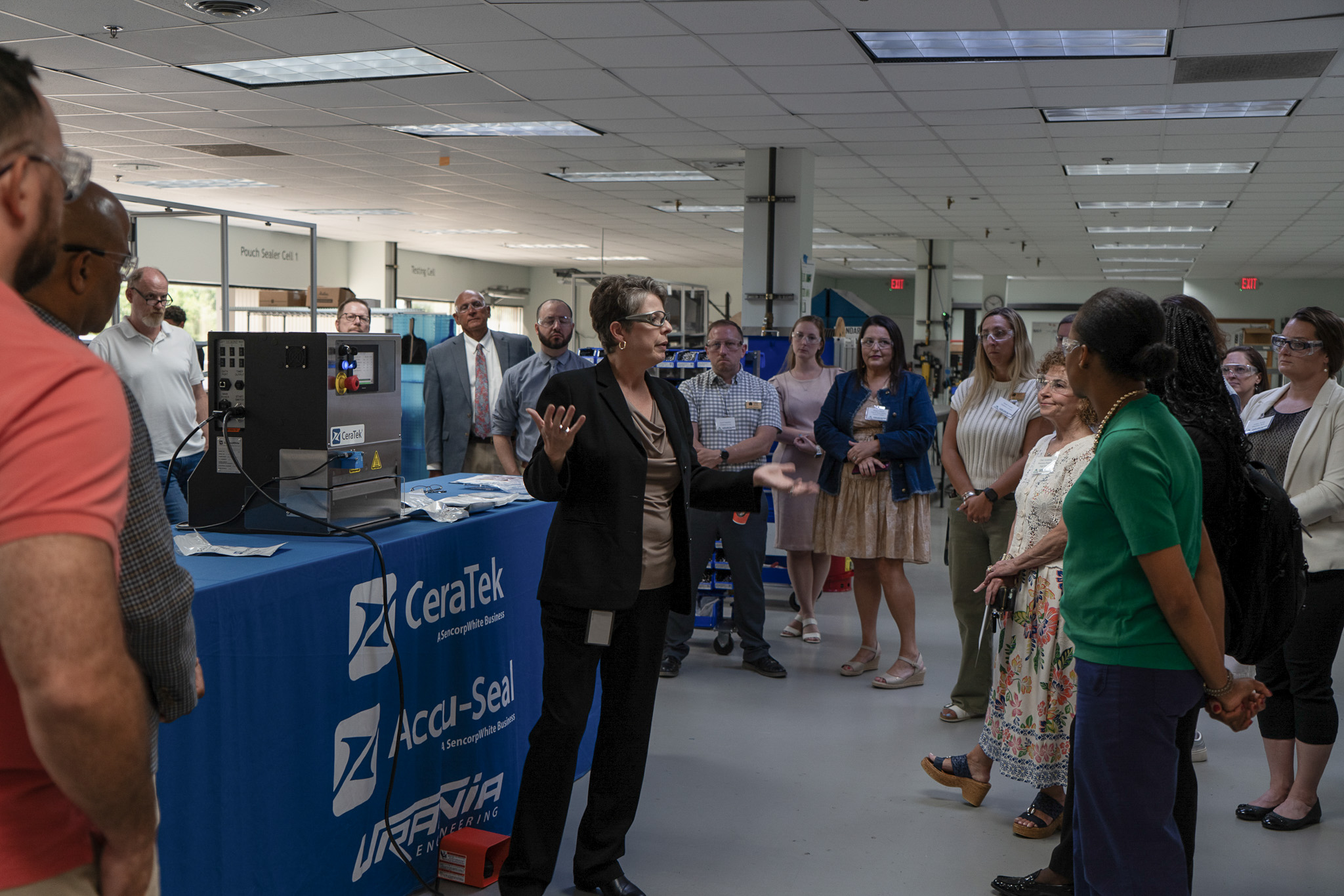
At CeraTek, we believe that innovation doesn’t stop at the machine — it extends to the people who build, maintain, and support that technology. That’s why we were excited to share not just what we manufacture, but how we’re helping grow the next generation of skilled workers in the region.
Cape Cod faces real challenges when it comes to workforce development — including access to training, housing affordability, and retaining young talent. Events like the MassHire250 tour are essential in helping employers, educators, and public leaders align around shared solutions.
Whether it’s through on-the-job training, internal advancement, or partnerships with local schools and workforce boards, we’re committed to creating career opportunities that last, right here at home.
We’d like to thank Secretary Jones, the MassHire Cape & Islands Workforce Board, and all our guests for spending the morning with us. We’re honored to be part of a growing movement to strengthen the workforce and drive innovation across Massachusetts.
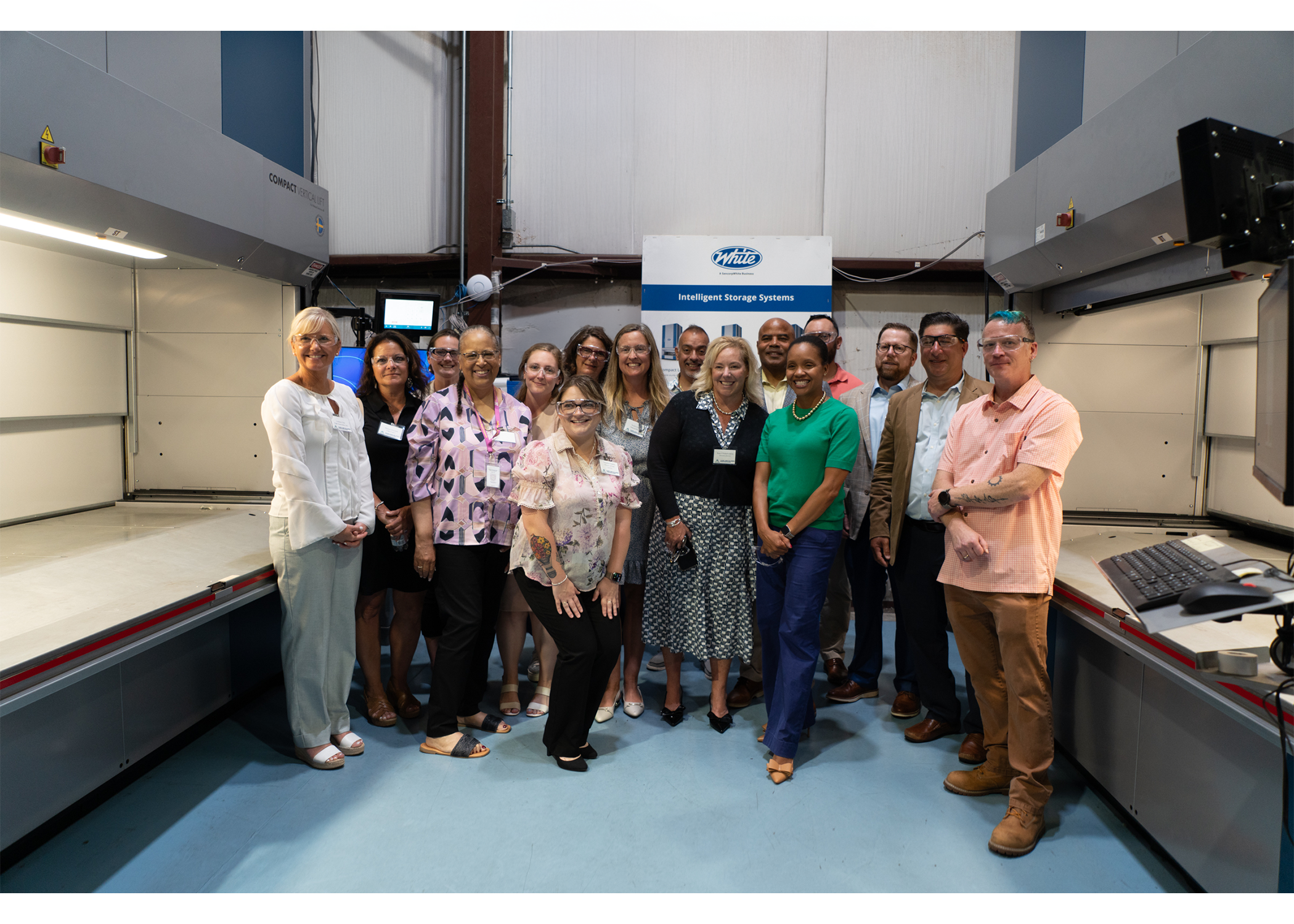
Interested in joining our team? Learn more about careers at CeraTek
Want to collaborate on workforce initiatives?


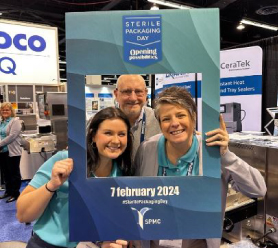

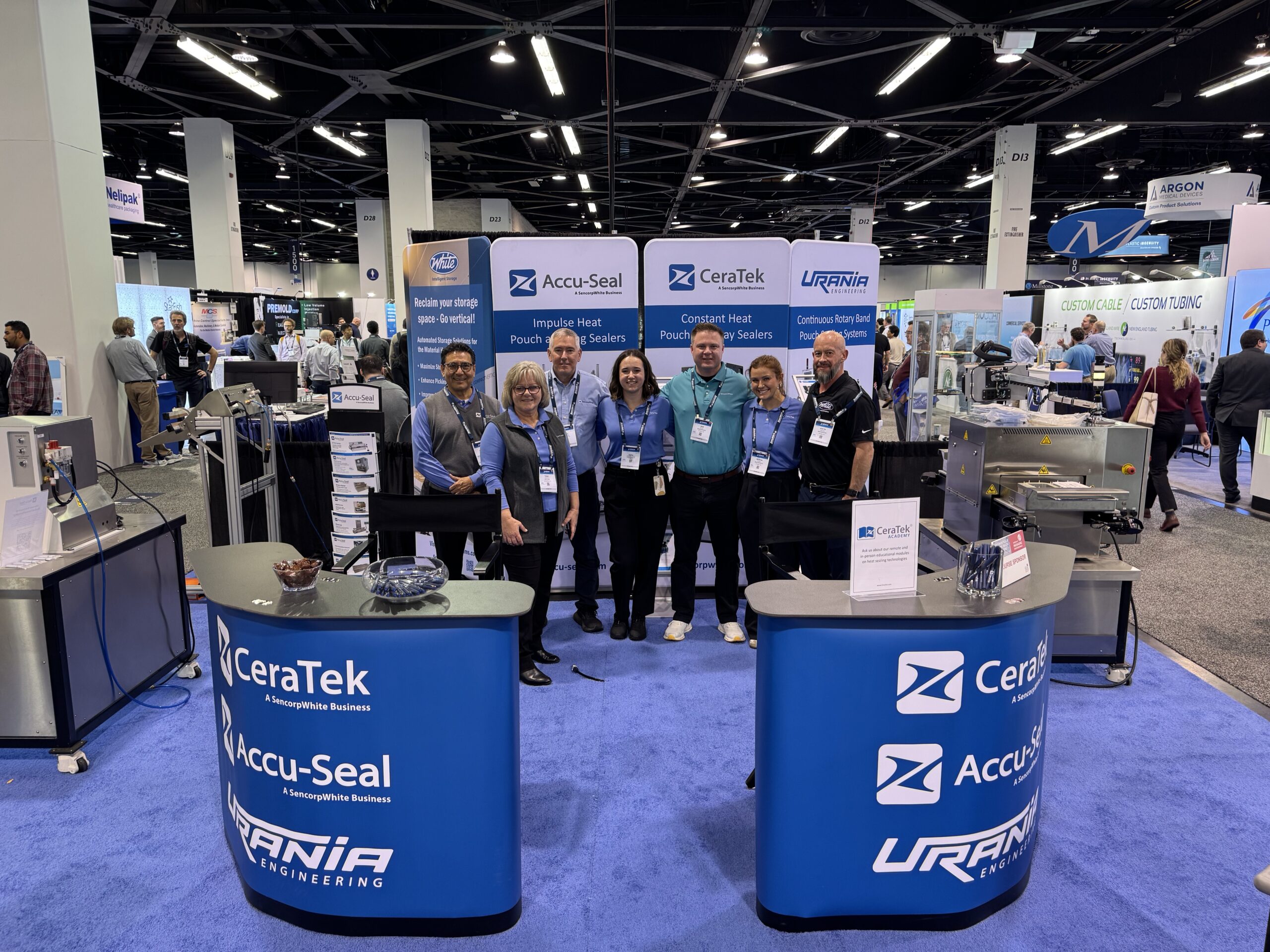




















![CeraTek Will Be Presenting at the[PACK]out Again in May 2024!](https://ceratek.com/wp-content/uploads/2024/01/ceratek_thepackout.jpg)
![Lynne Barton giving a talk at the[PACK]out](https://ceratek.com/wp-content/uploads/2024/06/LynneBarton_CeraTek_thePACKout_seminar.jpg)



 o weak points that compromise package integrity.
o weak points that compromise package integrity.


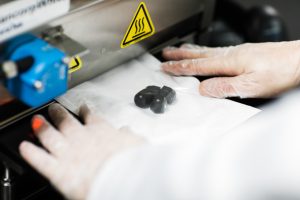
 In modern healthcare, precision, and sterility are non-negotiable.
In modern healthcare, precision, and sterility are non-negotiable.
